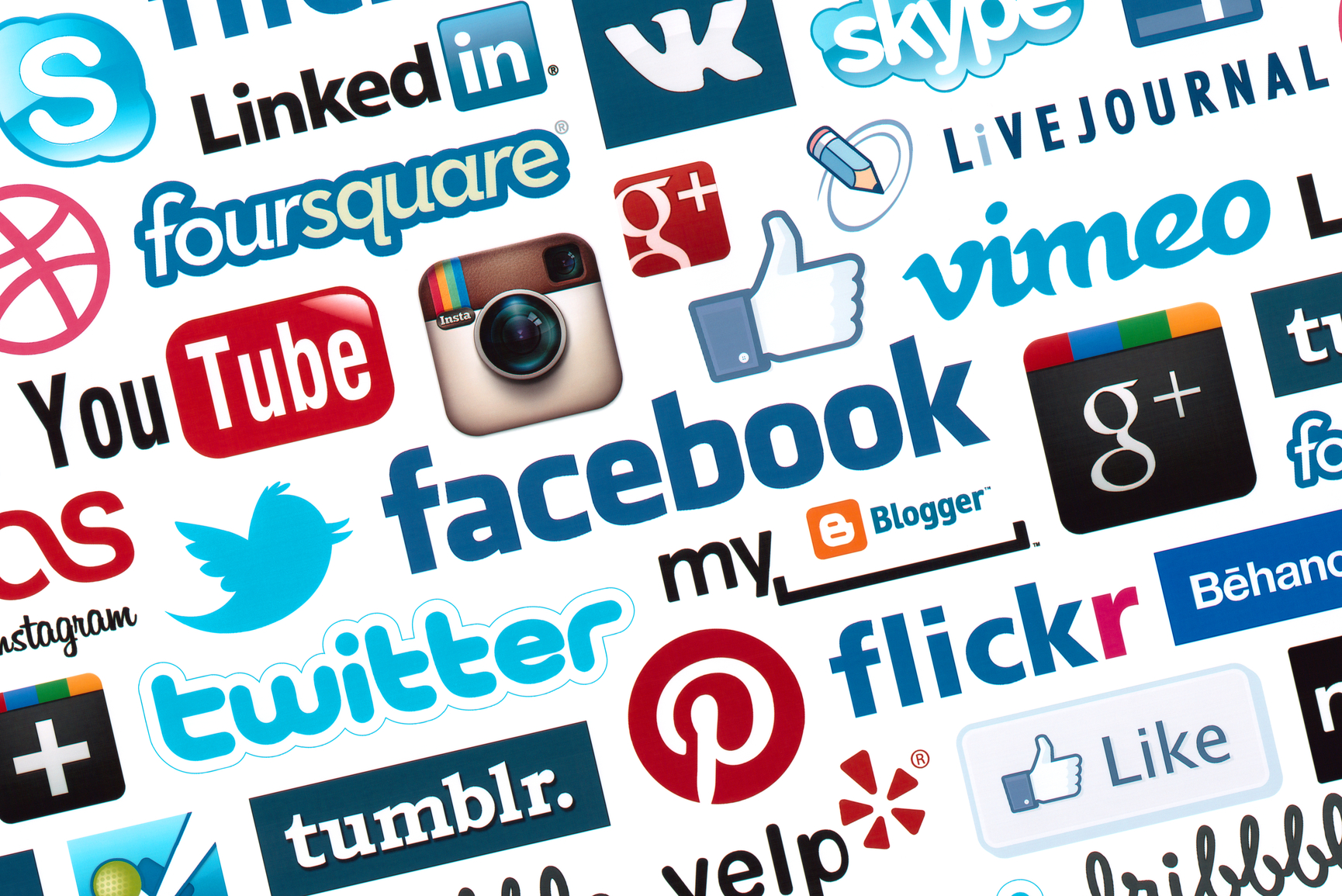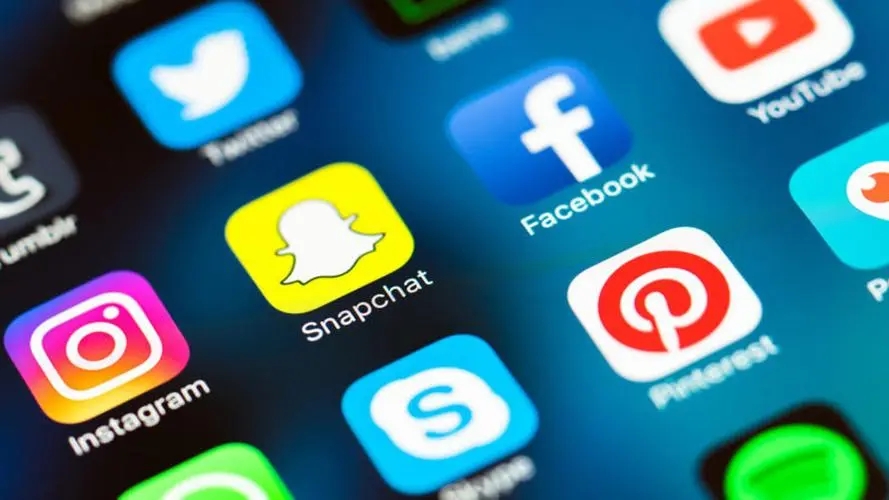
Social media has changed the way people perceive identity and communicate. For example, on platforms like Instagram, people often curate their content meticulously, choosing what aspects of their lives to showcase and how they wish to be perceived by others.
Goffman’s concept of The Presentation of Self in Everyday Life (1959) can be applied effectively to social media platforms. On Twitter, the character limit forces users to be brief, shaping how they present themselves and communicate ideas. Users adopt specific roles to align with the platform’s contentious style, shaping a performance suited to Twitter’s demands. Which also allows viewers to get brief information without having to read long information
Miller (1995) builds on Goffman’s ideas by examining how digital platforms allow for multiple forms of self presentation in electronic life. According to Miller, online platforms offer a front stage where people can try out and manage different personas depending on the platform’s audience and norms. On platforms like TikTok, users can play with various personas using video effects and filters, allowing them to change their self presentation based on the feedback they receive from followers or people in genuine. This aligns with Goffman’s idea of identity as performance, adapts to the digital world where identity play is commonplace and influenced by platform specific characteristics.

Platforms like LinkedIn and TikTok demonstrate how specific features influence people’s self-presentation. LinkedIn encourages a professional persona, as it’s designed for networking, job searching, and career insights. People tend to highlight their achievements, skills, and industry knowledge to align with the platform’s focus on professionalism. TikTok, with its emphasis on viral trends and challenges, prompts creators to adopt playful or exaggerated identities that cater to entertainment and creativity. This purpose results in distinct performances on each platform, where LinkedIn fosters a curated, professional identity. TikTok allows for a more relaxed, expressive self presentation.
Influencers often have to adapt their identities depending on the platform. For example, an influencer on Instagram might present a polished, aspirational lifestyle, while on TikTok, they may appear more relatable and spontaneous. This adaptability shows how digital media’s form can determine the kind of identity considered successful on each platform.
Authenticity becomes complex on platforms like Instagram, where the highlight reel pressures users to present the best parts of their lives, leading to a disfigured sense of reality. This can create a gap between online and offline identities, causing users to feel they must constantly maintain a perfect image, which may lead to decreased self-esteem.

![How To Build An Amazing LinkedIn Profile [15+ Proven Tips] (2022)](https://citypersonnel.net/wp-content/uploads/2021/02/LinkedIn-Summary-Example-About.png)
Studies have shown that the more time people spend on platforms with idealised content (e.g. Instagram), it is the bigger the chance they will compare themselves to others, often unfavourably. This can lead to issues with self-worth as people measure their real lives against unachievable standards.
For instance, while platforms like Twitter and TikTok allow for free expression, they also shape how identities are performed, impacting self-perception. Media literacy could play a key role in helping people navigate these complexities, encouraging a healthier relationship with digital self-presentation.
Reference
Goffman, E. (1959). The Presentation of Self in Everyday Life London: Penguin Books.
Miller, H. (1995), ‘The Presentation of Self in Electronic Life: Goffman on the Internet’, paper presented
at Embodied Knowledge and Virtual Space Conference, Goldsmiths College, University of London, June 1995


Your blog provides a profound analysis of the impact of social media on identity construction, citing the theories of Goffman and Miller to show how different platforms shape users’ self-presentations. The article does a good job of explaining how the unique culture and functions of each platform affect how individuals behave on them, such as the professional image contrasted with the casual expression on TikTok. I agree with your discussion of authenticity. Perhaps in the future, media literacy education can help people watch these “performances” more rationally and avoid unnecessary influence on themselves.